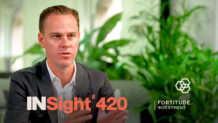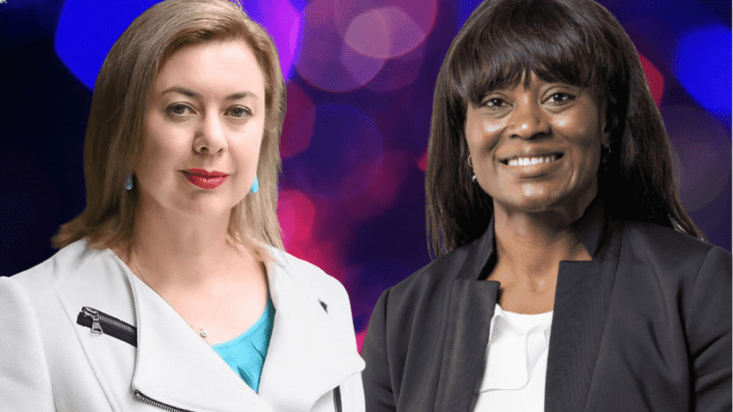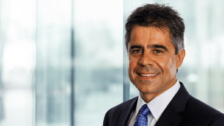SMSF trustees drift from advice towards accountants and… the internet
With around 615,000 self-managed superannuation funds in Australia and about a billion dollars being directed within them, the sector is thriving.
Yet while the number of SMSFs continues to climb steadily in line with demographic trends and the increase in retirement age adults – the number of SMSFs rose nearly five per cent (net) in the year ending December 2023 – the traditional link between self-directed retirement funds and financial advice appears to be weakening.
According to data presented by researcher Investment Trends at the SMSF Association’s Technical Day in Sydney Wednesday, the use of investment advisers among SMSFs has progressively decreased to a record low of 22.8 per cent, with only 140,000 out of the country’s 615,000 SMSFs currently under advice.
That’s just over one in five SMSFs that are receiving professional financial advice.
This is a steep decline from five years ago, in 2019, when 36.2 per cent of Australia’s 565,000 SMSFs were linked to a financial adviser.
According to the Irene Guiamatsia (pictured, right), head of research at Investment Trends, people are increasingly more likely to just use the services of their accounting professional during the SMSF establishment phase now, without engaging an advisers. “It tends to be accountants that really support the trustees,” she said. “In terms of trends, that’s really been exacerbated, so advisers are less and less likely to do so and accountants are more and more likely to do so.”
The influences that prompt someone to become an SMSF trustee are also diverging from the advice sphere, with new trustees primarily influenced by their accountant according to the data. The next most common influence is friends or colleagues that have an SMSF, while the third most common influence is internet research. A financial adviser is the fourth most common catalyst for establishing an SMSF.
Unsurprisingly the internet is growing as an influence for SMSF establishment faster than any other factors. This raises concerns, however, that people are launching into SMSFs without a full awareness of the responsibilities and risk involved in not only trusteeship, but self-directed investing.
The danger of the trend to non-advised SMSF trusteeship is highlighted by the fact that the number one reason people establish an SMSF is to access specific types of investments, with property being top of the list according to the Investment Trends data. Given the complexity of property ownership within SMSFs, and the work involved in setting up limited recourse buying arrangements (LRBAs), financial advice becomes an important factor.
“Now the reality is, it’s actually really hard to get those limited recourse loans,” Guiamatsia said. “But very often, that information is not fully known before they actually engaged into setting up an SMSF.”
This could have some bearing, she added, on the fact that only 20 per cent of SMSFs trustees actually end up realising their LRBA aspirations.
Concern about the trend towards unadvised SMSF establishment was highlighted by the Financial Advice Association of Australia in June, when the Investment Trends data was first released, with chief executive Sarah Abood saying SMSFs “work well for a lot of people, but they’re absolutely not for the faint-hearted”.
Abood noted that the steep decline in advisers numbers may be a factor, with less people able to access and afford a financial adviser than in previous years.
“It may be that some of those people tried to get an adviser and couldn’t find one or waited too long and we would be very concerned if that trend continues,” she said. “We’ve got this massive demand-supply crunch that’s going to make our current problems even worse and, of course, adviser costs continue to go up as numbers decline.”











